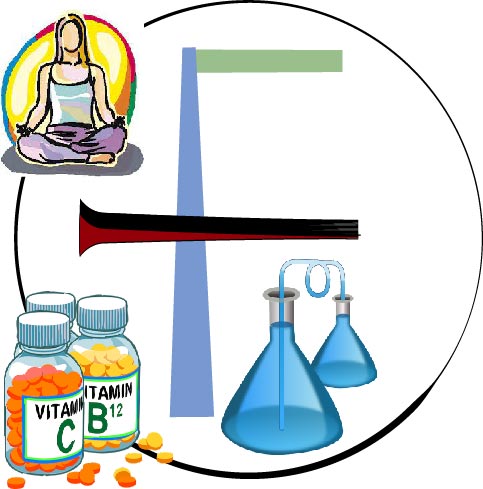In the pharmaceutical industry, glassware is also classified based on its quality and accuracy, much like the Class A and Class B classifications commonly used in laboratory glassware. The classification of glassware in pharma is typically based on standards set by regulatory authorities like the United States Pharmacopeia (USP) and the European Pharmacopoeia (Ph. Eur.). The main classes used in pharmaceutical glassware are as follows:
Type I Glass (Borosilicate Glass):
-
- Type I glass is made from borosilicate glass, which has high resistance to thermal shock and chemical durability.
- It is the most chemically inert and suitable for pharmaceutical packaging, especially for parenteral (injectable) products.
- Type I glass containers are used for storing and packaging sensitive drugs and biologics that require a high level of protection from interaction with the container.
Type II Glass (Treated Soda-Lime Glass):
-
- Type II glass is made from soda-lime glass but undergoes a surface treatment process to improve its chemical resistance.
- It is used for packaging non-parenteral pharmaceutical products, such as oral liquids and topical preparations.
- While not as inert as Type I glass, it still provides adequate protection for many pharmaceutical formulations.
Type III Glass (Regular Soda-Lime Glass):
-
- Type III glass is standard soda-lime glass without any specific surface treatment.
- It is used for packaging solid oral dosage forms, such as tablets and capsules, as well as for some non-parenteral liquid products.
- Type III glass is not as chemically resistant as Type I or Type II, but it is suitable for many pharmaceutical applications.
Type NP Glass (Non-Parenteral Glass):
-
- Type NP glass is used for packaging pharmaceutical products not intended for parenteral administration (i.e., not for injections).
- This category includes containers made from materials like plastics or other non-glass materials.
The choice of glass type depends on the specific pharmaceutical product, its formulation, and the route of administration. Parenteral products, which are administered through injections, require higher-quality glass containers to minimize interactions between the drug and the container.
It’s important to note that these glass types are standardized to ensure the safety and quality of pharmaceutical products. Manufacturers must adhere to the appropriate glass type and quality standards to meet regulatory requirements and ensure the integrity of their products.
